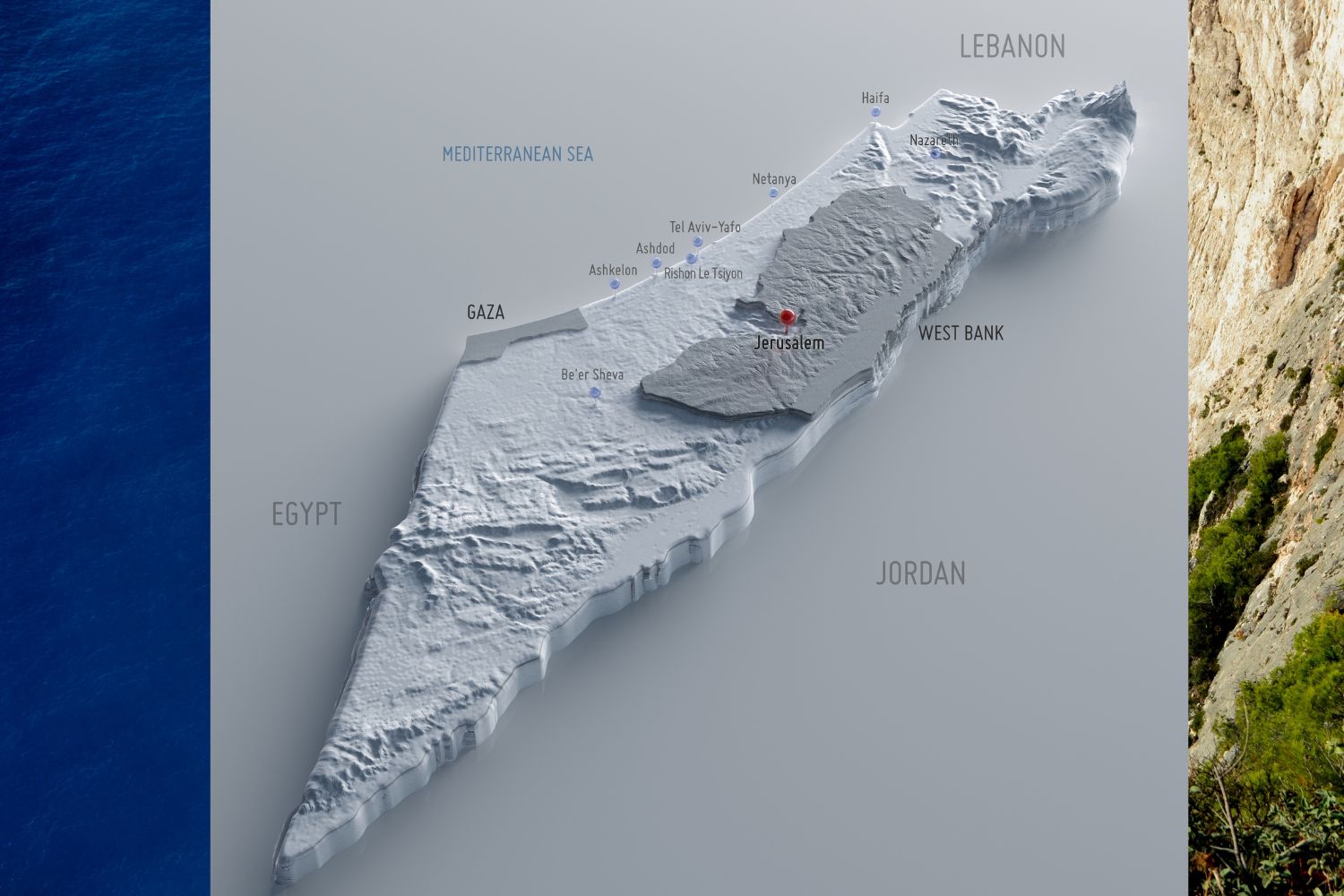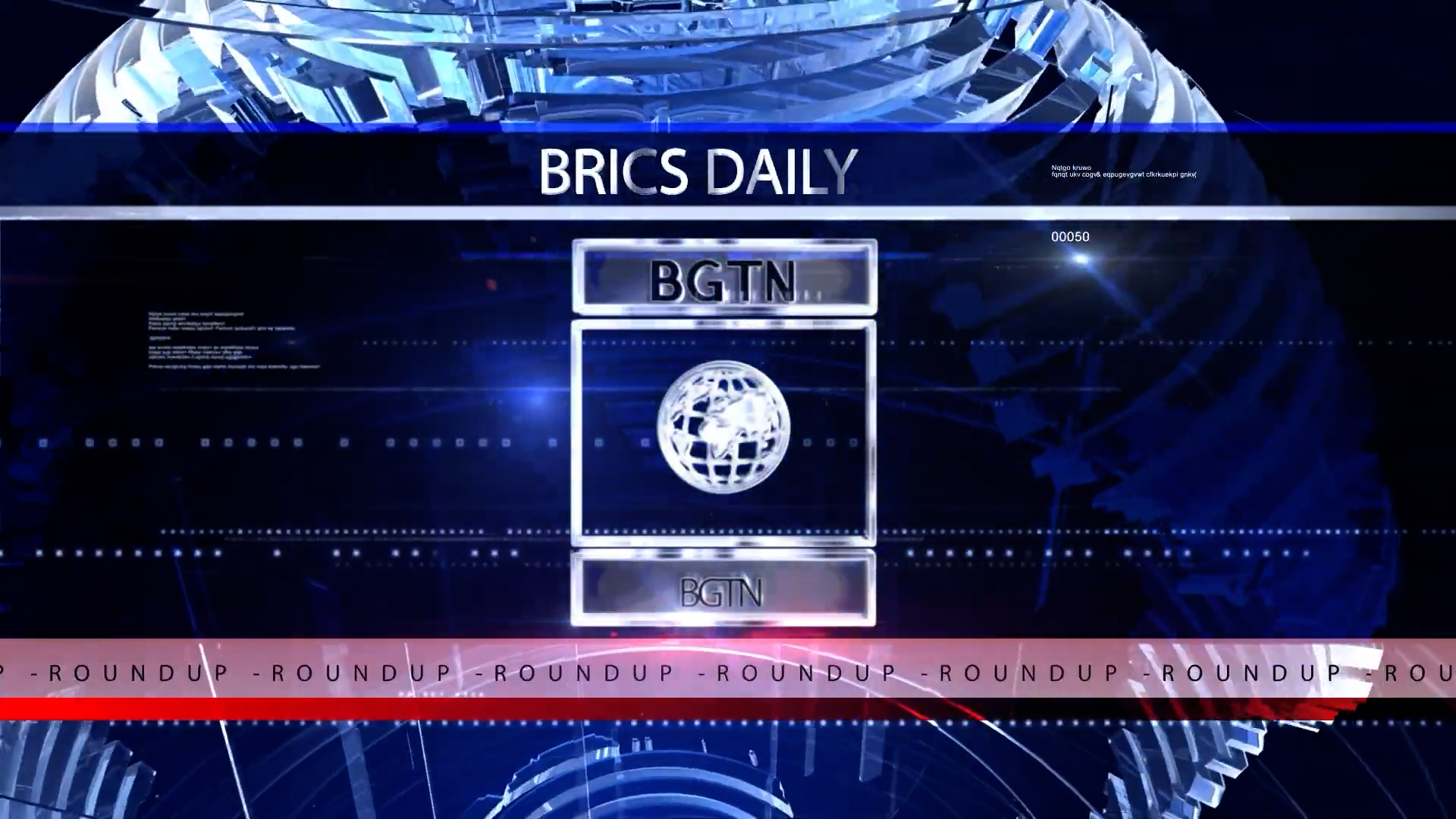The Amazon is facing an unprecedented drought that, according to scientific predictions, will continue to affect the region until at least mid-2024.
Signs of its severity include the lowest water levels in the city of Manaus in 121 years of climate records. river level, with the exposure of vast areas of the Amazon River bed, the death of more than 150 dolphins in a lake where the water temperature reached 39 °C (2 °C above human body temperature) and isolated human populations along the Amazon rivers, without their means of subsistence and without basic needs .
Climate models predicted that global warming would create “super El Niños,” and now they have clearly arrived. This year, for example, we observed the simultaneous occurrence of three types of drought that, together, affect practically the entire Amazon region.
The forecast for the period from November 2023 to January 2024 is drought in almost the entire region. Some areas with rain forecast in Peru may help with water levels in the Amazon River, but not with the vast area of the Amazon rainforest exposed to drought stress and wildfires.
ALSO WATCH: Brazil seeks international investors, including China, to boost infrastructure

Eastern El Niño
There is an eastern El Niño caused by warm water in the eastern equatorial Pacific Ocean (Image 2), as occurred during the 2015 “Godzilla” El Niño , and the water there is even warmer than in 2015.
The winds of 250 km/h of Hurricane Otis , which devastated the city of Acapulco, Mexico, are a testament to the strength of warming in the eastern Pacific.
In addition to the drought in the northern Amazon, the effects of an eastern El Niño extend to the southern part of the region, as happened during the 2015-2016 forest fires in the state of Acre, Brazil, and are now reflected in record low levels of water in the Amazon tributaries of the southern part of the basin, including the Madeira River, where electricity generation had to be completely interrupted at Brazil’s fourth largest hydroelectric plant, the Santo Antônio dam.
ALSO WATCH: Brazil seeks international investors, including China, to boost infrastructure

Central El Niño
Warm water in the eastern Pacific is now expanding into the central part of the ocean, where it causes a central El Niño , as occurred in 1982 and 1997.
A central El Niño results in an intense drought in the northern Amazon, with the state of Roraima , on the border of Brazil and Venezuela, most famous for forest fires. The “great fire of Roraima” in 1997 burned 1.25 ± 0.15 million hectares of forest.
The 1982 El Niño, in addition to killing trees in the Amazon, killed more than 200,000 people in Ethiopia and neighboring countries – an event marked by the song “We are the World” , by Michael Jackson, which was sung to raise donations for the victims.
The 1982 El Niño was presented as an act of God – like an earthquake or a tsunami that is no one’s fault, but from the 1995 Intergovernmental Panel on Climate Change (IPCC) report , it was known that something had changed in the global climate system, making El Niños more frequent since 1975, and in the 2007 IPCC report it became official that global warming will cause more frequent “El Niño-like conditions”.
This completely changes the political and moral context of these events because global warming is increasing due to human actions, and the responsibility of each country and even each individual can be quantified.
The probability that water in the central Pacific Ocean will return to “normal” temperature is predicted to be essentially zero by January-March 2024, and will not reach 50% until May-July 2024.
Atlantic Dipole
The third type of drought that hits the Amazon is caused by the “Atlantic dipole” climate phenomenon, in which a patch of warm water forms in the tropical North Atlantic Ocean, while there is colder water in the South Atlantic, as can be seen in the Image 2.
An Atlantic dipole causes drought in the southwestern part of the Amazon, as happened in 2005 and 2010 . The forest fires in Acre in 2005 and 2010 are proof of the power of the Atlantic dipole. The current Atlantic dipole is predicted to last until at least June 2024 .
Forecast for the Amazon until 2100
Predictions for changes in the Amazon’s climate by the year 2100 are truly catastrophic. That year is 77 years from now, and many of today’s children will live to see it. To date, the global average temperature has increased by 1.2°C since the start of the industrial revolution in 1750, and the impacts of this are already visible across the world, including in the Amazon.
If all countries meet their commitments, such as those made in the Paris Agreement, the global average temperature would rise to about 2.7 ± 1 °C above the pre-industrial average by 2100, but if emissions continue to increase in line with Under current Intergovernmental Panel on Climate Change (IPCC) “shared socioeconomic pathways” (SSPs), it would reach more than 4°C .
Such predictions only consider intentional emissions caused by humans – unintentional emissions, such as wildfires and soil warming , are also likely to increase, and if a tipping point is reached and unintentional emissions explode beyond human control, the situation will be much worse. The story does not end in 2100, and temperatures will continue to rise.
Average global temperature increases are always smaller than increases in a place like the Amazon because 70% of the planet is covered in water, and air temperature increases are smaller over oceans than over continents.
The 4 °C increase in the global average implies an increase in the maximum of more than 6 °C throughout the Amazon (Image 3). At the same time, there will be water shortages, with the number of consecutive days of rain per year increasing by up to 40 days or more.

It should also be remembered that averages are always much lower than maximums, especially during extreme events. Therefore, changes by 2100 could cause the loss of the Amazon rainforest even if averages were controlled to levels like 2°C (the middle line in Image 3), much lower than those with high emissions (the bottom line in Image 3).
The forest would be degraded by impacts such as the death of standing trees as they exceed their tolerance limits to temperature and water stress.
When temperatures rise, any plant needs more water just to survive, and that water won’t be available during longer, more intense droughts. Amazon forests varied greatly in their sensitivity to water stress caused by the 2015 El Niño, being most sensitive in the northwestern part of the region.
South American rainforests lost at least 820 million tons of carbon during the 2015 El Niño, not counting wildfires. Forest fires are more frequent and larger in dry and hot conditions, also favored by the impacts of logging , both legal and illegal, which is spreading rapidly in the region.
Climate models indicate a 43 ± 17% increase in tree felling by wind gusts by 2100 under the current IPCC SSP 585 high emissions scenario .
The Amazon rainforest has enormous carbon stores in trees and soil. Unlike carbon emissions in the form of greenhouse gases from one year to the next, this carbon stock represents a silent bomb that can explode unintentionally.
The latest report from the Intergovernmental Panel on Climate Change (IPCC) indicates that all human activity (mainly the burning of fossil fuels and deforestation) releases 12 billion tons of carbon per year (carbon alone, not counting the weight of the two carbon atoms). oxygen in CO₂).
Since the most we can do is emit nothing more, this means that global warming would escape human control if more than 12 billion tons of additional carbon were emitted each year from unintended changes such as forest fires, melting tundra , the warming of the world’s soils and the warming of the oceans, reducing their absorption of CO₂.
The Amazon is at the center of this problem. Based on estimates from the Brazilian Amazon, the Pan-Amazon region as a whole has approximately 80 billion tons of carbon in vegetation and 90 billion in the first meter of soil, in addition to approximately 250 billion in soil between 1 and 8 m deep, which would be released more slowly .
All of these numbers are much larger than 12 billion tons, and just a small fraction of that carbon being released in the space of a few years, for example when forests die due to droughts and fires, would be the last straw to push the global climate beyond a tipping point.
ALSO READ: Agro-suicide: Deforestation puts agribusiness and food security at risk in Brazil and the world
What needs to be done?
First, there is no alternative but for the entire world to drastically cut greenhouse gas emissions immediately. To avoid exceeding the 1.5 °C limit, which greatly increases the risk of exceeding tipping points for both the global climate and the maintenance of the Amazon forest , global emissions must be reduced by 43% by 2030 and 84% by 2050 according to the latest results of the Climate Convention “stocktake”.
In the case of Brazil, both fossil fuel emissions and deforestation must be curbed, and the country is largely on the wrong path in both areas. In the case of fossil fuels, the Brazilian government is pushing to open new oil and gas fields in the Amazon River estuary , in the coastal waters of northeastern Brazil , and in the Amazon rainforest .
Regarding deforestation, although the country’s Ministry of Environment and Climate Change, under the presidential administration that took office in January 2023, has excellent leadership and is making heroic efforts to crack down on illegal deforestation, the rest of the government is pressing in the opposite direction.
The necessary task of inspecting and fining those who violate environmental standards is not enough: political courage is needed to confront the forces underlying deforestation. We cannot continue to promote projects that drive deforestation and expect the Ministry of the Environment to contain the consequences. These projects include new roads that open up vast areas of remaining forest in the Amazon for deforesters to enter, the most immediate issue being the proposed “reconstruction” of the BR-319 Highway , which connects the famous “arc of deforestation” in the southern Amazon to the central Amazon relatively intact, with additional roads that would open up the vast areas of forest in the western part of the Brazilian Amazon.
Equally essential is to end the ongoing legalization of land claims on government land, which drives an endless sequence of land invasions and online “grabbing” that is greatly facilitated by the Rural Environmental Registry (CAR) established by the 2012 Brazilian Forest Code. Despite the talk about controlling deforestation, current plans and policies move in the opposite direction, both for roads and the legalisation of land claims .













